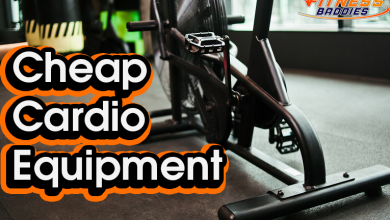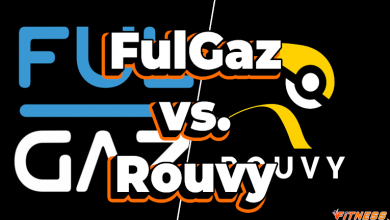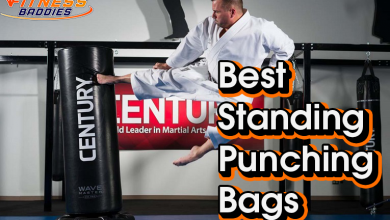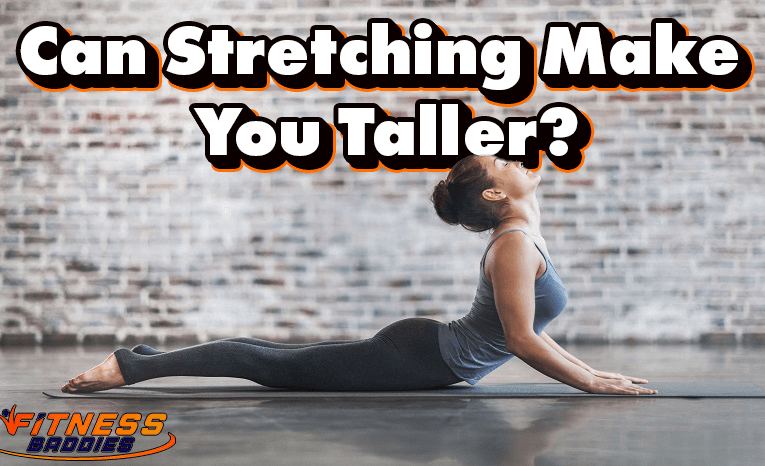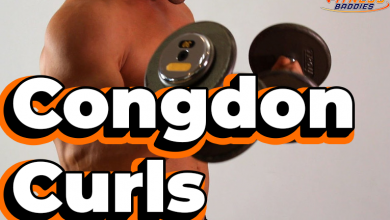Learning How to Do a Planche (or Planche Lean): Impress Your Friends with Your STRENGTH!
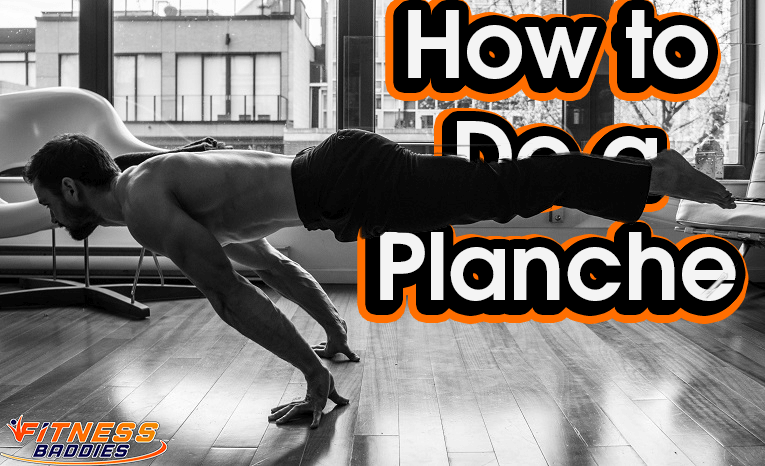
How often do you see somebody just bust out a planche in the middle of a party? It doesn’t happen often, but you could be that person, all you’ve got to do is read through this guide and I’m almost positive that you’ll be an expert on the subject by the end of it.
Doing a planche lean is going to call for tons of strength and control, which most people lack an abundance of. If you feel like you’re built to be doing planches, you’ve probably already got a grasp on how strong you are (or can be).
Although you may not be particularly keen on bodyweight exercises, a planche lean is much more than that. It isn’t just a bodyweight exercise that can be compared to planks, push-ups, sit-ups, or other essential fitness exercises that you can do at home, it’s something that is reserved for only the most dedicated athletes around.
It’s not a move that should be done by everybody, but you wouldn’t be here if you didn’t feel like you had what it takes. The heavier you happen to be, the more difficult this technique will be to master; lighter and people tend to have an easier time keeping themselves stable during a planche lean.
If you’re willing to work for it and progress in stages though, it’s only a matter of time before you’re busting out planche leans left and right; after all, it’s the ultimate display of strength in my personal opinion.
What Exactly is a “Planche Push-Up”?
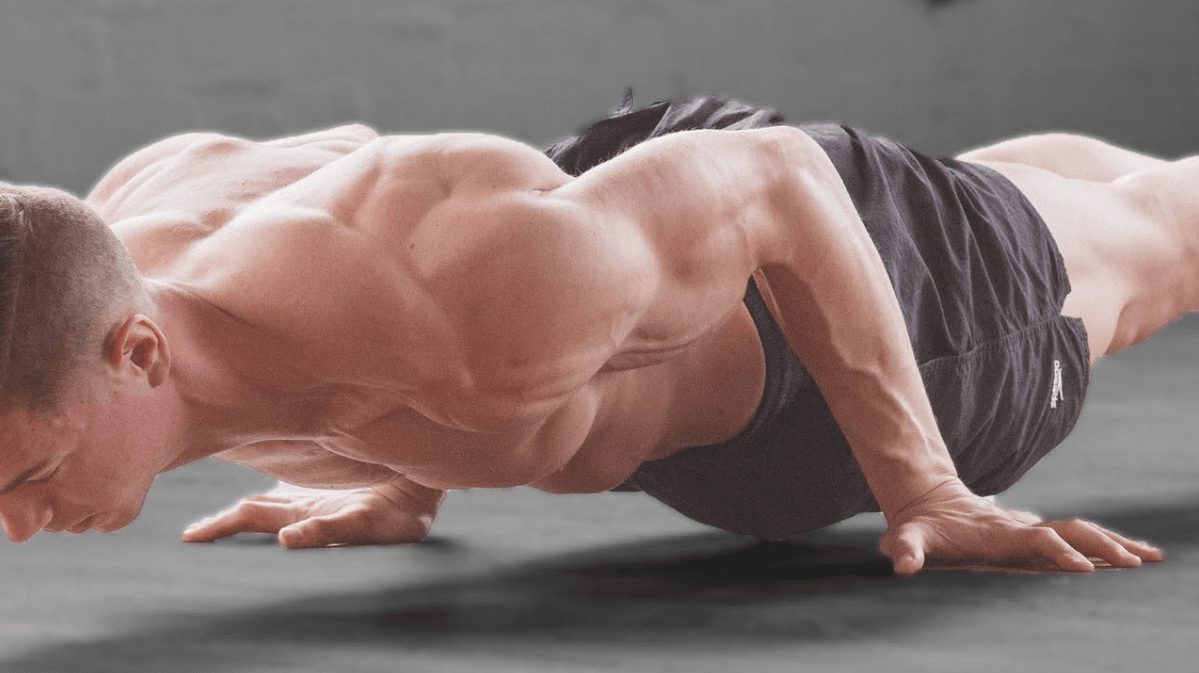
This is a movement that has you lifting up your entire lower body and supporting it with nothing but your upper body (and then doing a push-up!). It’s a particularly unique skill that most individuals find cool looking, and although many of us would love to do it ourselves, it’s an incredibly advanced technique that usually takes years to master – it’s definitely not something I’d recommend as an essential exercise for seniors, unless one has been pulling off similar moves and is still quite strong.
Some of you reading this probably won’t ever have a chance to successfully do a planche, and that’s okay. I used to be able to bang them out with ease, you know, back in the days when I’d take on some of the most punishing challenges like doing 100 push-ups, 100 sit-ups, 100 squats a day.,. or even crazier ones like 500 crunches a day, 1000 crunches a day, 1000 squats a day….
But ever since I’ve reached my “golden years”, such feats are much tougher to pull off.
The planche push-up or even lean is NOT a technique for you if you suffer from:
- Lingering injuries or other present issues that will prevent you from being at full strength
- You have generic fitness goals that can be accomplished with other techniques (like building strength)
- You’re new when it comes to balancing on your hands
- You have weakness or stiffness in your wrists
If you fall under any of the categories I’ve mentioned above, you may want to kiss your planche lean dreams goodbye. It’s not like you can just decide to be ridiculously strong and durable one day, so don’t feel too bad about it!
With that being said, not all is lost. You can address those lingering problems and figure it out before attempting to learn the planche lean, as it will help prevent injuries (or reinjury) while doing them.
The Benefits of a Planche
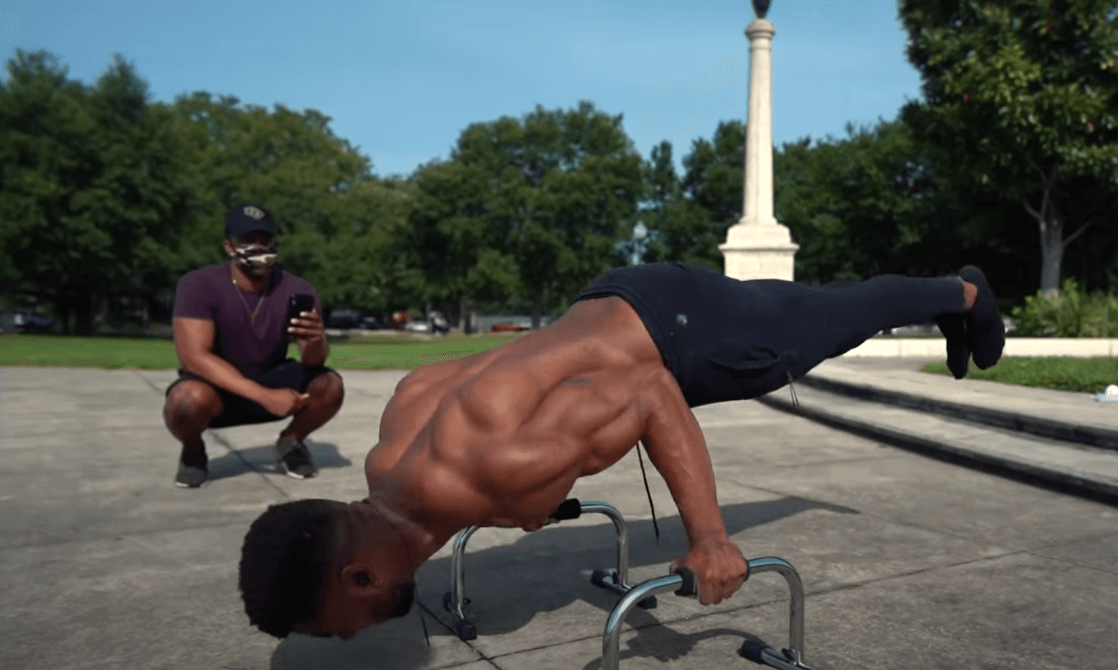
Not only is it one of the most impressive things you can do as a human being once you progress, but it’s also a unique skill that cannot be done by many people. Go to your local gym and see how many of the meatheads in there are able to pull off a planche lean; my guess is that not only will they not be able to do it, but they may even challenge you to an arm-wrestling match as a result.
Other than the fact that it’s one of the best party tricks we’ve ever seen, it’s also going to help you build some of the strongest and stable shoulders known to man – for those of you who are digging around for ways to train your shoulders after chest day, go give this one a shot.
Your straight arm strength will increase exponentially, and even when you’re progressing through the earlier stages of a planche (like an open tuck planche) you’ll begin to notice this. It’s also surprisingly one of the best ways to work your biceps and triceps on the same day, so if your triceps are not growing, this workout might help bring them to life.
Your wrists, shoulders, and arms are going to be like none other when you’ve finally mastered a planche lean, and the training will carry over into other impressive movements like a handstand. If you’re in a sport like cheerleading, gymnastics, or just want to impress your friends, this is a movement you absolutely NEED to learn.
To sum things up, planche leans will help you increase:
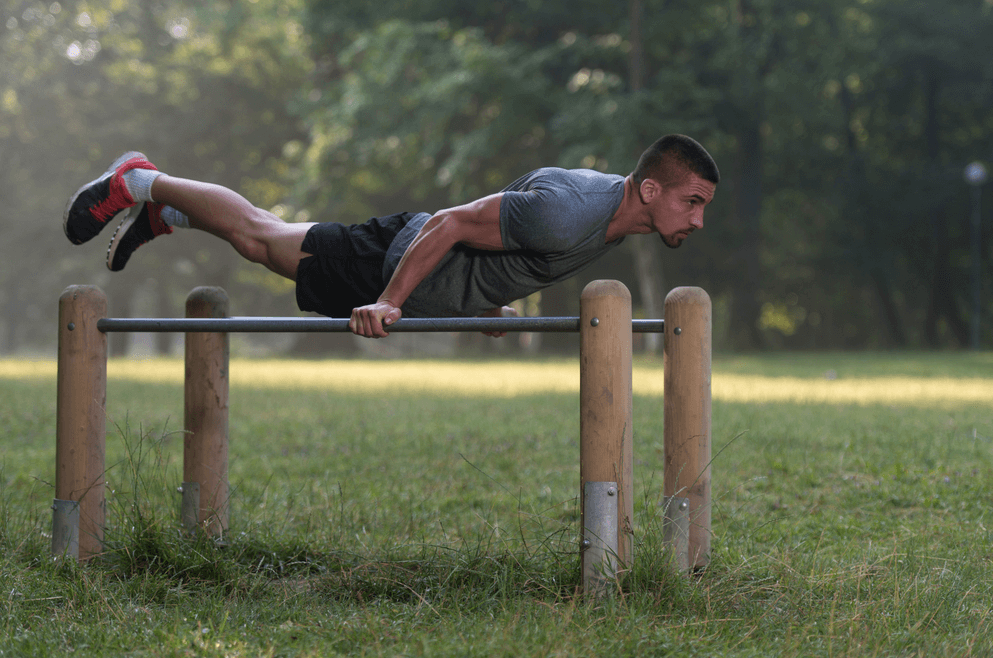
- General flexibility
- Arm strength
- Shoulder stability
- Wrist stability
- Hand balancing skill
- The strength of your MIND!
- Training for the Trip: Preparing for the Planche
It’s not something that you’re going to pick up overnight, which is pretty much the case with almost all calisthenics and weight training workouts anyway. So I strongly suggest you get used to failing and moving in baby steps now. Unless you’re a genetic freak who has already been doing hand-balancing stuff for years, you’re going to have a tough time here.
I have no clue what your history is or even what kind of shape you’re in on top of that, so I can only make assumptions. As a result, I’m just going to consider you an “average person” and talk about how you can work more planche-related stuff into your routine.
Pair Exercises Alongside Each Other
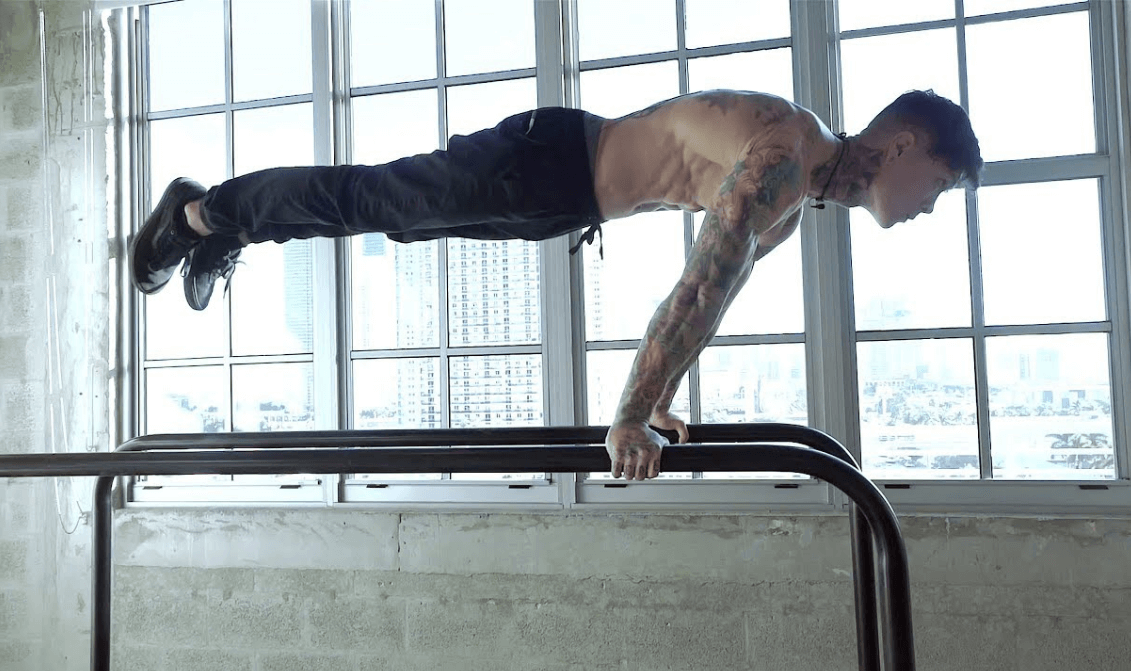
When you’re trying to improve your hand balancing skills for the planche with an “iron cross”, be sure to include the likes of handstands and potential one-armed handstands into the mix as well. Anything you can do to get used to balancing on your hands will be a massive benefit when you’re trying to master the planche lean itself.
If you feel like your hands are lacking in strength, you can consider trying out other arm exercises like alternating dumbbell press, seated tricep press, military press, and zottman curls.
Bar work is also going to go a long way, as it will help you develop your core and get used to “holding your body up” with strength alone, it’s also one of the best ways to measure your fitness level and figure out just how strong your frame is getting. Much like the human flag pole movement, you can use the likes of a reverse row sit back, or even variations of the front level to help build shoulder stability.
Take Your Progress in Stride
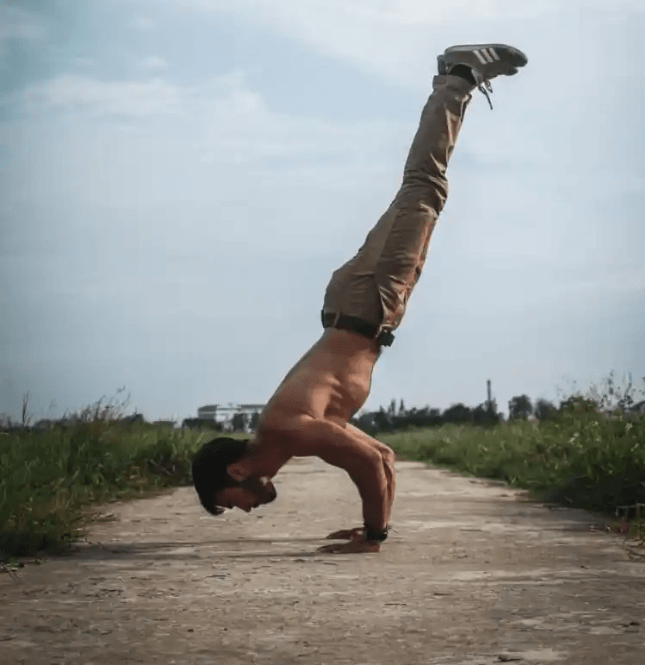
We all want to jump to the very end of the journey and start popping out planche leans like there was no tomorrow, but that isn’t how it works. Unfortunately, it’s likely going to be a long a grueling journey that you get sick of attempting to tackle.
Then again, that’s basically what working out is in a nutshell, so it sounds like it’s right up my (and your) alley.
The Basics of a Planche Lean
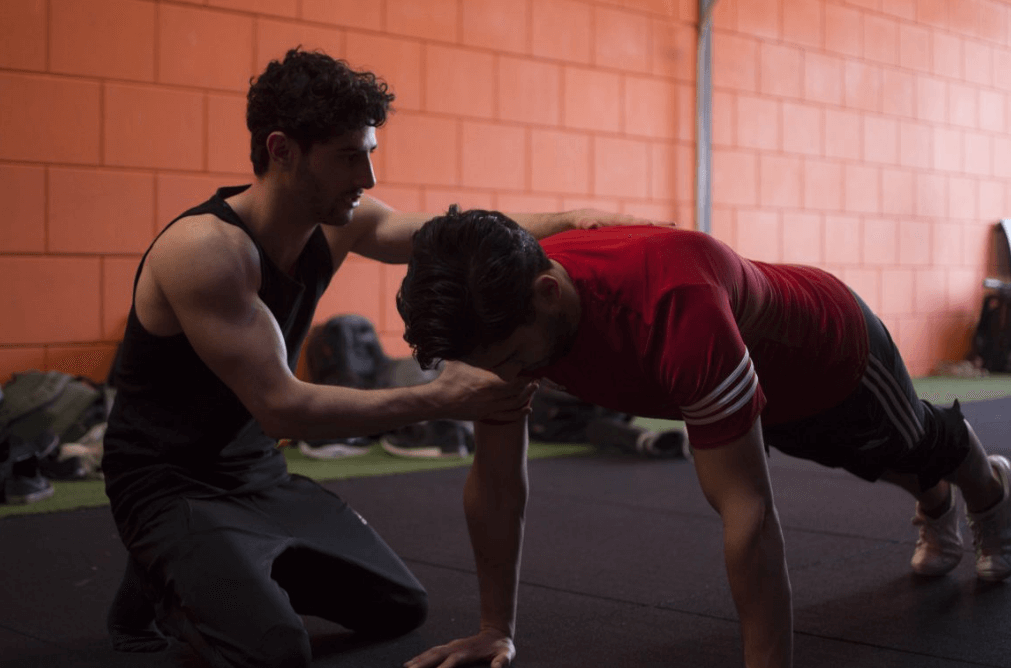
Body Positioning and Learning the Tuck Planche
Planche leans are the very first step that you will take to greatness, and it’s basically getting into position as if you were going to do a planche for real. As opposed to trying a planche and blowing your shoulders out, you can use the planche lean to get a feel for the movement, as well as develop flexibility and a bit of strength in useful areas.
Don’t Rush the Process!
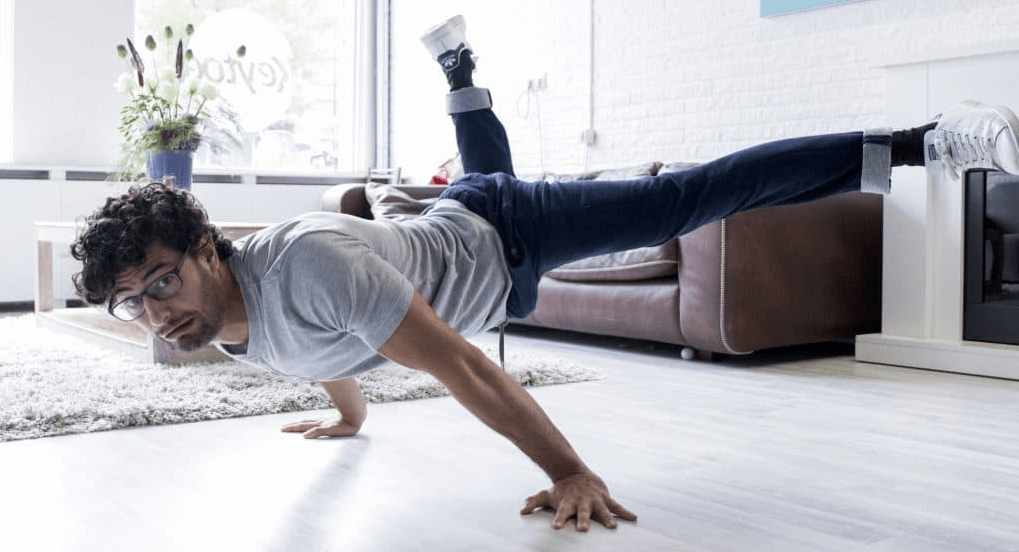
You cannot rush greatness, which means you’ll have to start off gradually and with something that isn’t considered a full planche. When you plan on reaching planche push up levels of strong, you have to adjust your routine accordingly.
Those of you who try and rush into things and progress too quickly are going to get hurt, it’s that simple. When you do it just don’t come back here crying, because I’m not your daddy! I preach stretching and taking it slow in every single one of these articles, so you can kiss my grits.
The positioning of your body, hands, feet, and wrists is going to determine how stable your planche ends up being. When you aren’t using the proper body position, it could also lead to a severe strain or injury.
The Fundamentals of Body Positioning
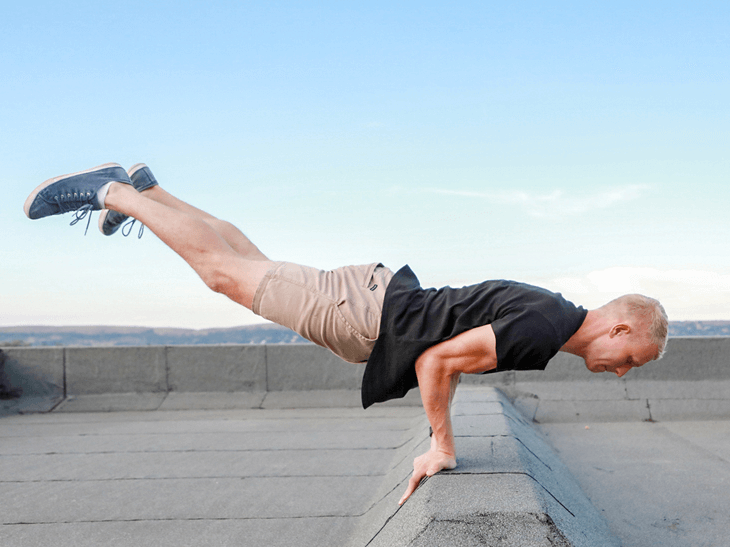
There are always going to be variations and different methods to consider, as there are with other resistance training or essential bodyweight exercises on the planet. For right now let’s just focus on a tuck planche and work our way up from there, shall we? The basic position of a planche lean would be:
- The underside of your elbows facing forward
- Shoulders are pulled down snugly while you lean forward
- Your fingers can be facing either forward or out to the side – this is a matter of preference
- You can also elevate the heel of your hands with a foam block or padding for extra comfort
- Push down into the ground, locking your arms out and beginning your planche
We aren’t going to mention the legs yet because that’s where all of the variations come into play. The word “planche” is basically elevating your lower half using your upper body, but for example, a “planche tuck” is where you tuck in your knees and hold the elevated position.
The Different Planche Progressions
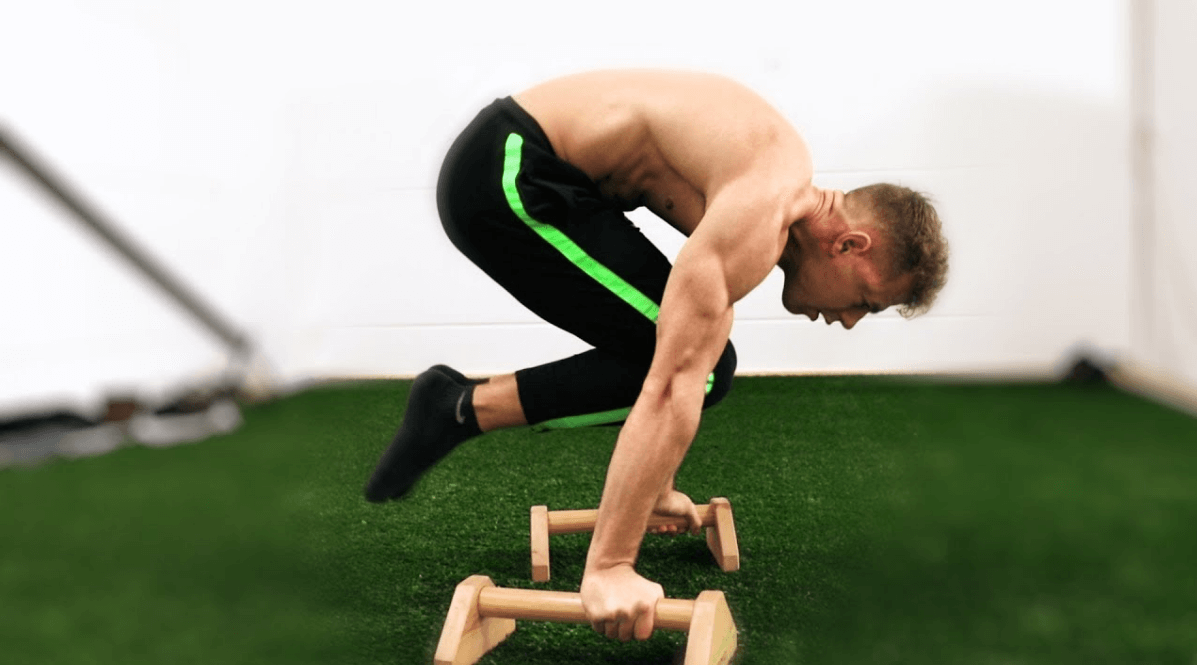
There are many different planche variations to learn, all of which will offer a unique challenge with each attempt. Some of them are going to be easier than the traditional planche lean, while others are going to be much harder; you can use this to your advantage by finding a position that feels easiest for you.
While there are numerous names for these positions (with “the floating white crane” being one of my favorites), I’m going to call them by their traditional ones. I’m a bit of a party pooper, what can I say?
Basic Planche Lean
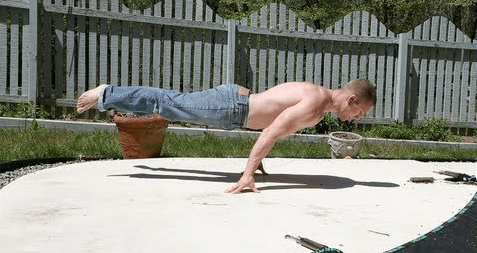
Starting in a basic planche position, you’ll want to lean your body forward until you feel your shoulders directly in front of your wrists. This is a position that can be worked on with your toes either curled up or off the ground completely, which is ideal for progression through the different poses gradually.
Straddled Planche Lean
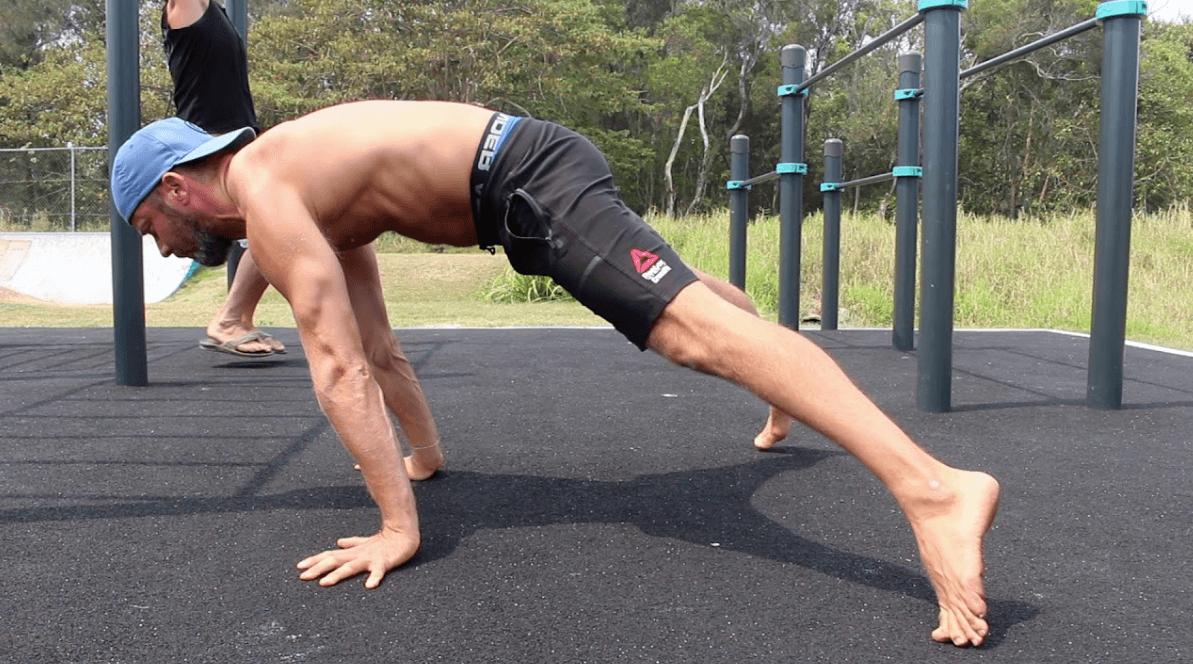
Get into a planche pose and widen your legs as much as you possibly can, putting you in a ‘straddle pose’ on the ground. From here, you can lean forward and keep your toes on the ground to develop your planche skills.
Raised Planche Lean (with Bent Legs)
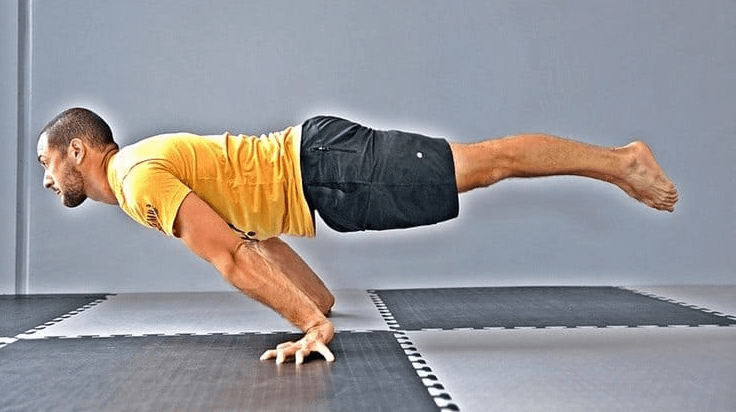
Much like the traditional planche lean, this one is merely where you adjust your surface so that your arms are closer – this allows your legs to bend and raise from the surface as you lean your body forward.
Crane Planche Lean with Raised Feet
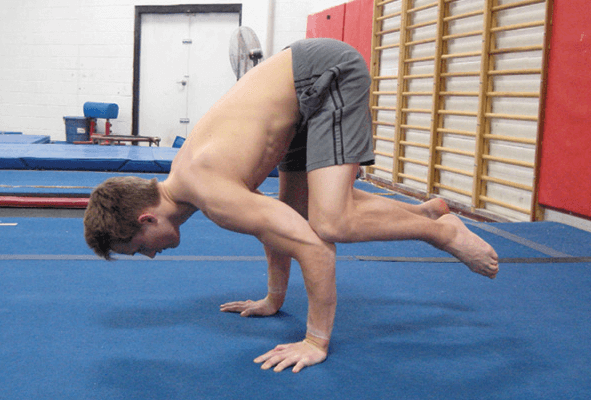
With just your feet on the floor, tuck your knees into your arms and gradually into a planche position. It’s basically a crane position with more arm support!
Crane Pose
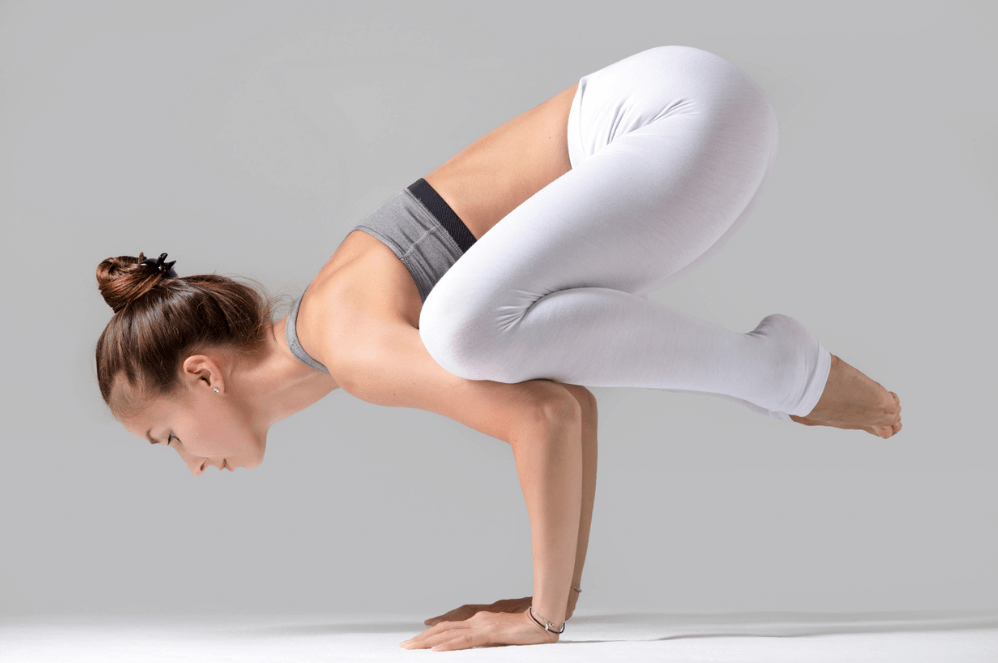
The full crane pose is where you get into a planche position with your knees supported by your arms, and it’s the beginning stages to doing a full-fledged planche lean.
Crane Pose with One Floating Knee
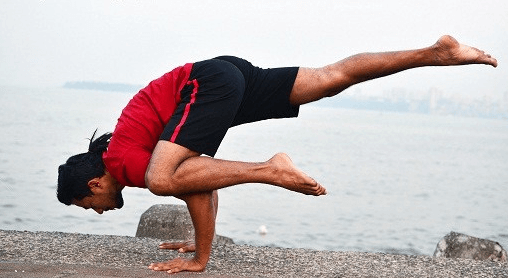
The full crane pose is the grand-daddy of it all, which is where you’ll be raising both feet off of the ground – you can practice by raising one knee at a time until you’re able to do both at once. Some people find that they progress much quicker when they practice this technique.
Straddled Planche Lean w/ Tuck Planche
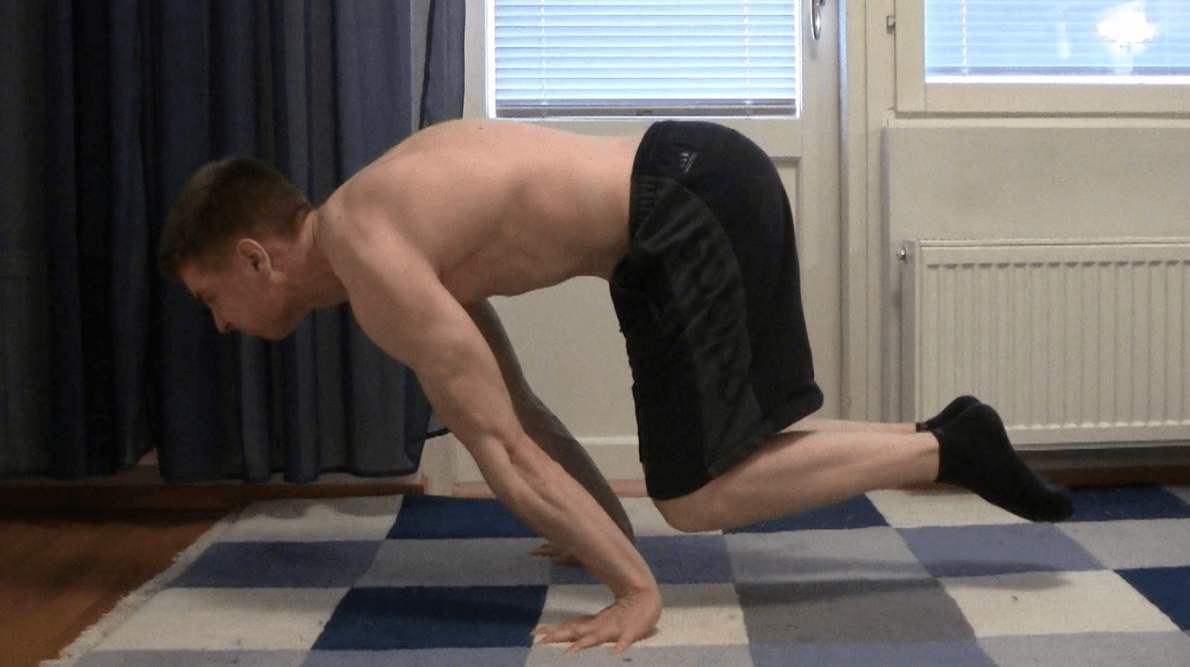
Starting from the tuck planche position, adjust yourself and get into the straddle planche position and work on getting each individual leg off of the ground. Get used to lifting one leg and tucking the knee up into your chest, and after a while, you’ll be able to lift both of them up at once.
The Full Straddle Planche (and Why It’s The Next Step)
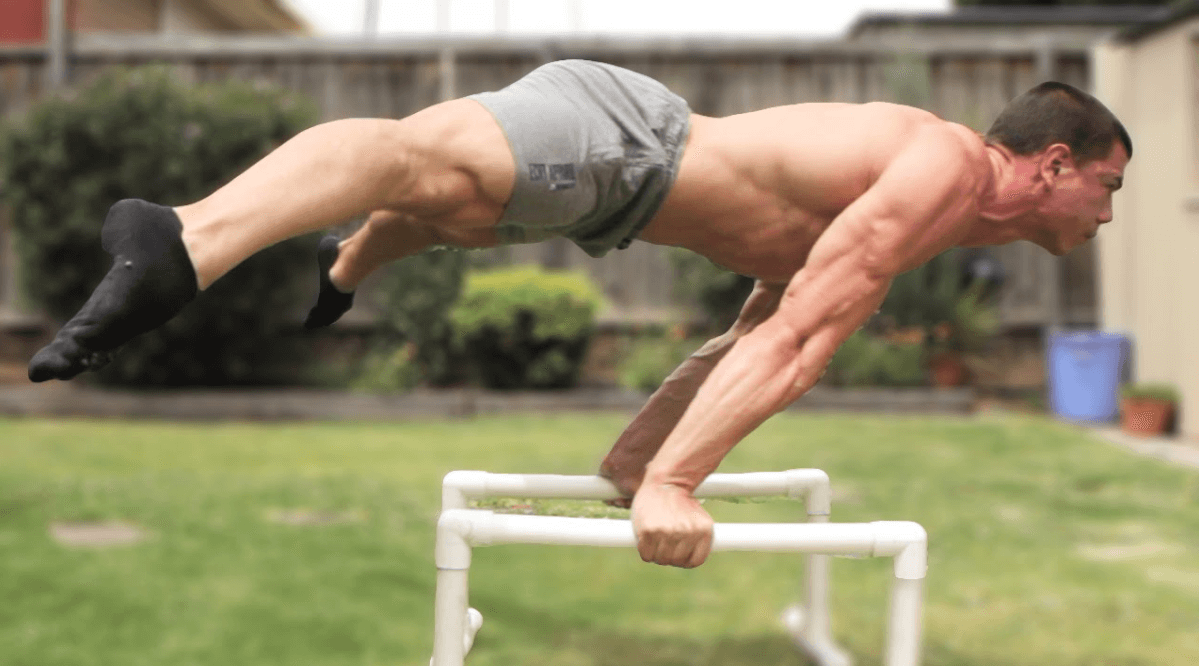
The next step is to master the art of a full straddle planche, which is basically doing a planche lean from a straddle position without any assistance. As you can imagine, this will show off both your insane level of flexibility and strength, which will always go over well with the ladies.
Now that I mention it, if a hot girl came up to me and started doing a full straddle planche I’d probably propose to her on the spot. I’d at least buy her a drink, that much I’m CERTAIN of!
Since you can lift and hold yourself with a traditional tuck planche, now you can learn how to do a full straddle (and eventually, some other harder variations).
Different Variations of Full Straddle Planche
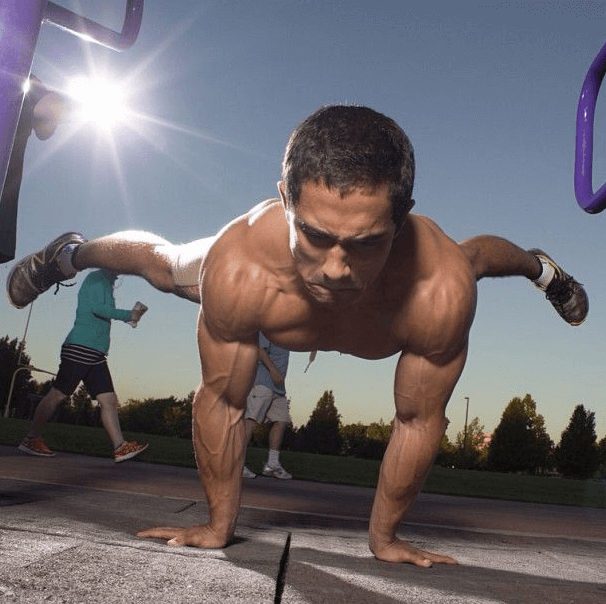
Although most of you reading this likely won’t need this guide when you’ve reached such an advanced level, it never hurts to see what you’re in for. If you stick with it and manage to develop your skills even further, you can expect to include some of these variations in your future routine.
Tuck Push Back to Straddled Planche
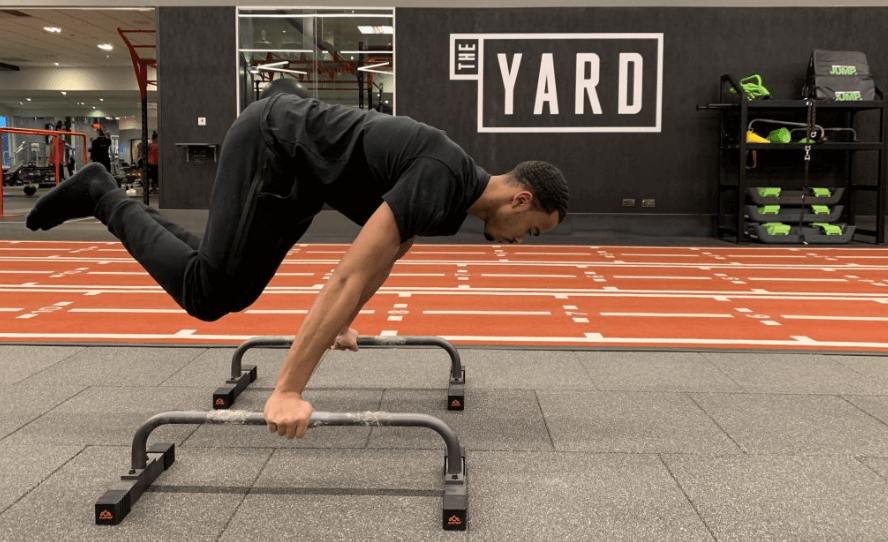
Starting in a tucked planche, straighten your legs out until you’re in a full straddle planche – you can even hold this variation with extended holds to improve upon your conditioning.
Tuck Push Back to Single Leg Planche
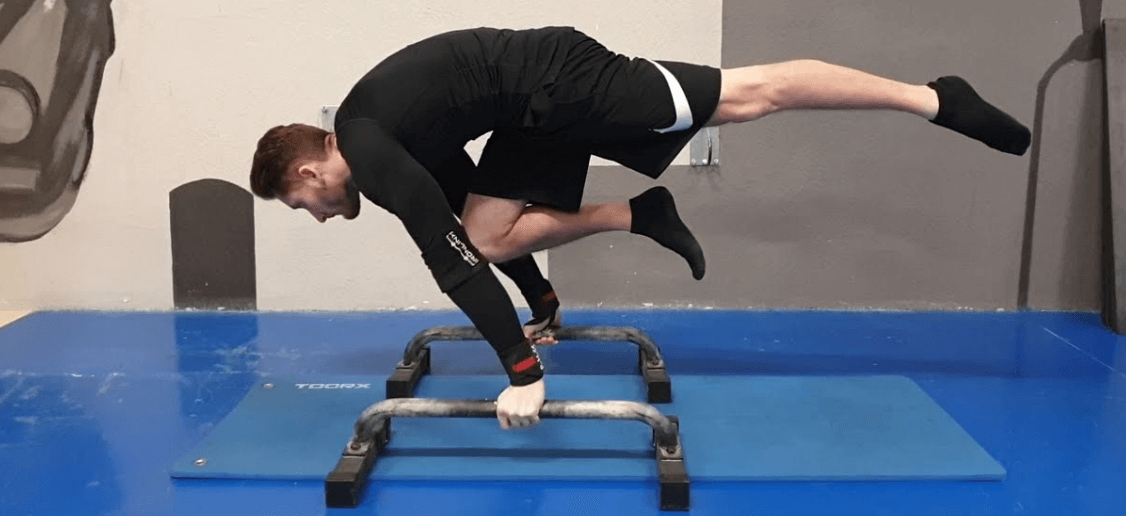
As the name would suggest, push one leg back into a single leg planche starting from the tuck planche position.
Tuck Push Back to Open Tuck Planche
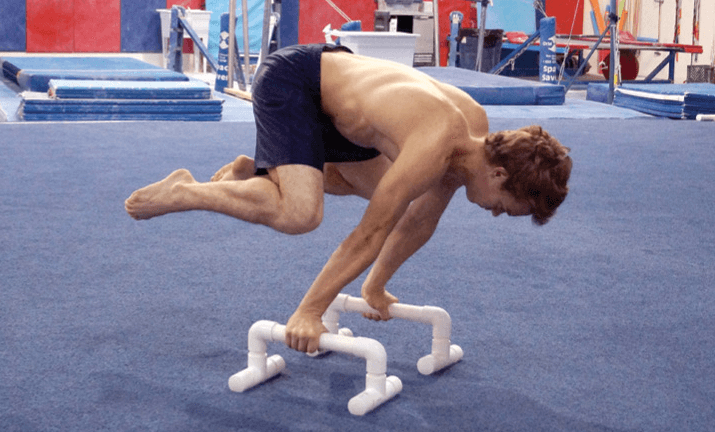
Starting from a tucked planche position, slide your knees back until they are floating (creating an open tuck planche in the process).
Tuck Push Back to Half Straddle Planche
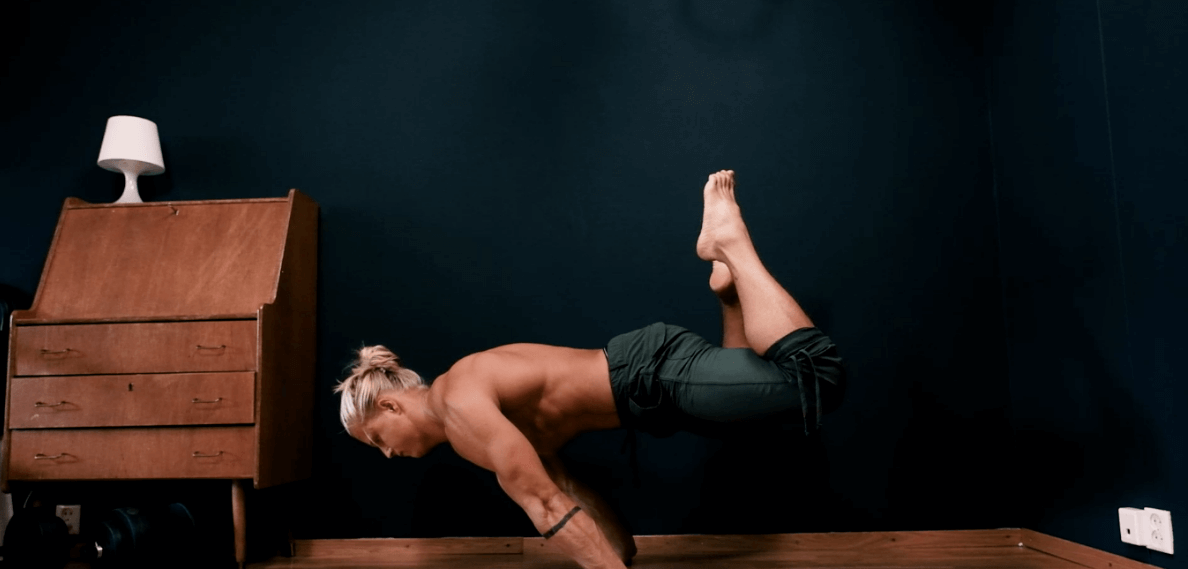
As you would with the open tuck variation, pull your knees apart and and return back into a half straddle position (then repeat).
Open Tuck Straddled Planche Hold
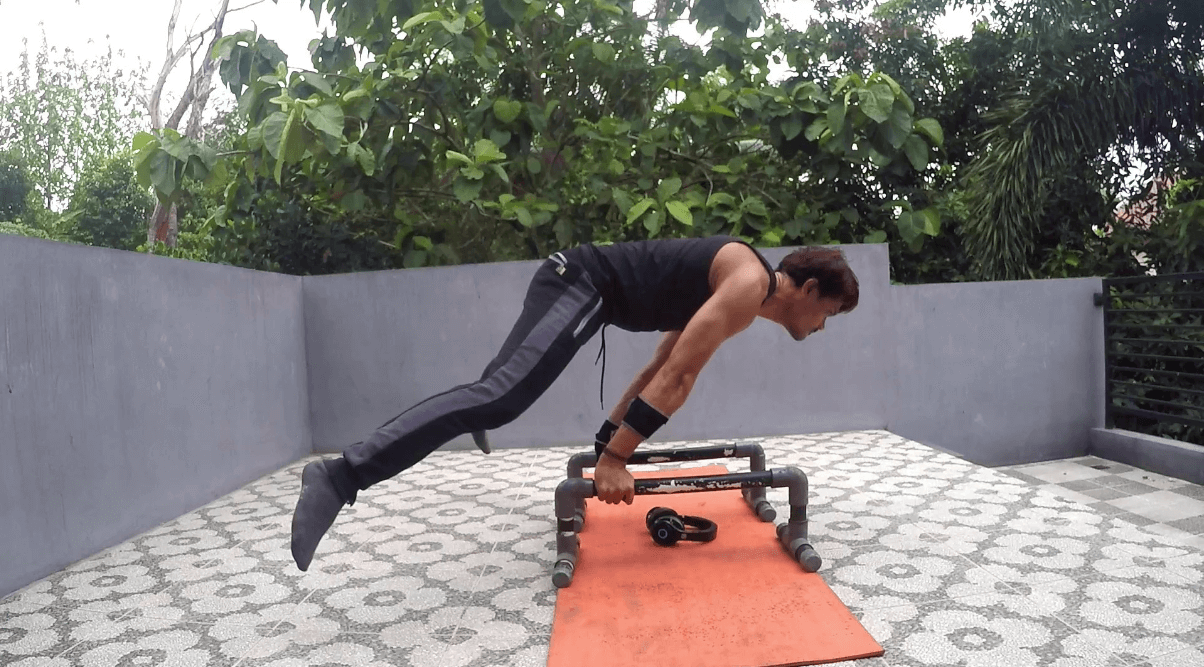
Starting in the tuck planche position, simply spread your knees apart and hold the position. This will help you develop core and lower leg stability for other more difficult variations.
Tips & Tricks
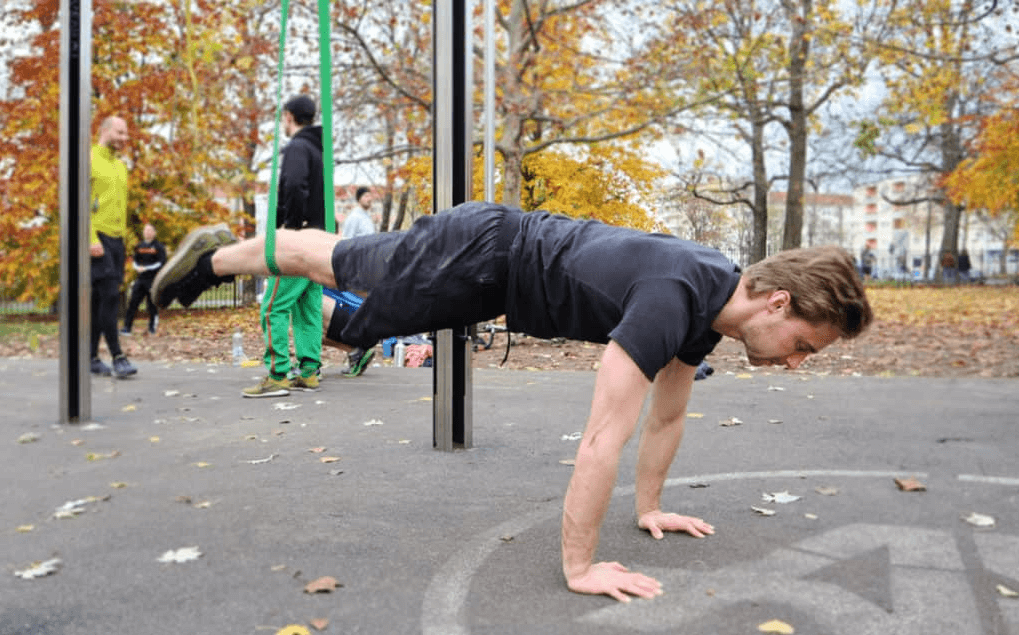
Use everything you can to make the most of your planche positions
Many of us are going to be blessed with gym partners that we can count on, and if you’re lucky enough to have one yourself, they can help you with planche assistance. Using a set of bars will help you explore various planche positions with ease, and having resistance bands on deck will allow you to increase the intensity of your workouts (when the time comes).
Hang out for a while!
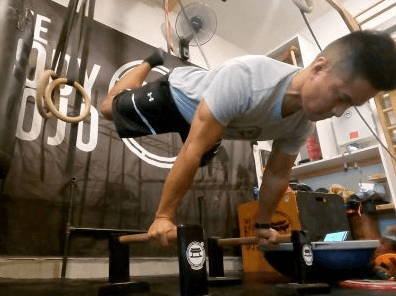
Hanging rings, hanging bands, and anything else that will help alleviate the pressure off of your wrists and arms will make learning planches much easier. Just be sure that you aren’t babying yourself throughout the process, as when push comes to shove, proper technique and strength are what will shine the most.
Explore advanced positions at your own pace
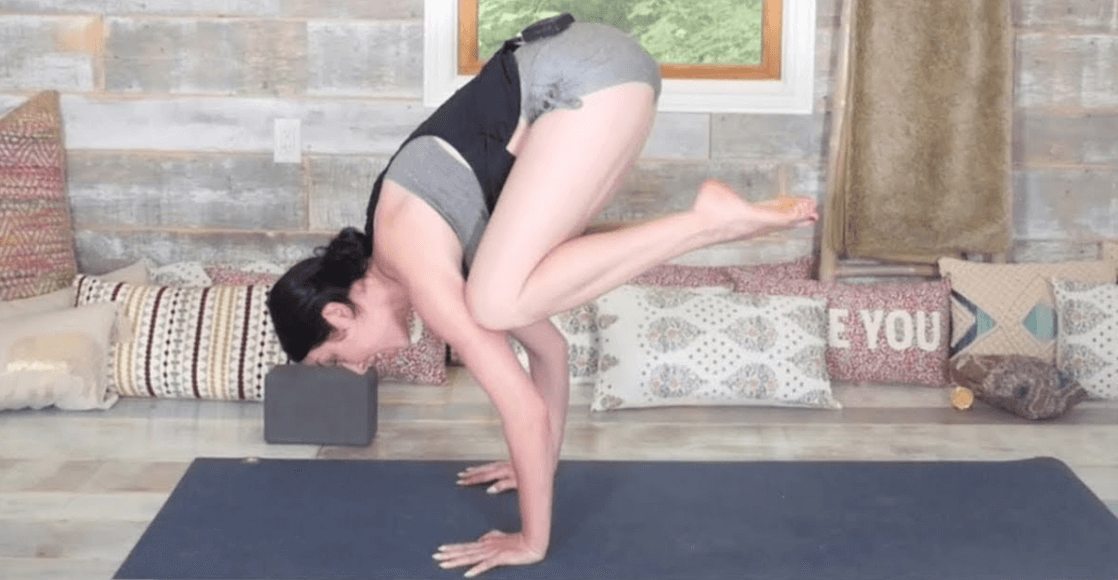
Just because there are other people out there racing to the finish line of mastering planche positions, doesn’t mean you need to follow suit. If you’re willing to put the work in there’s no need to rush the process, and the payoff at the end will be well worth it.
Not Just a Party Trick After All
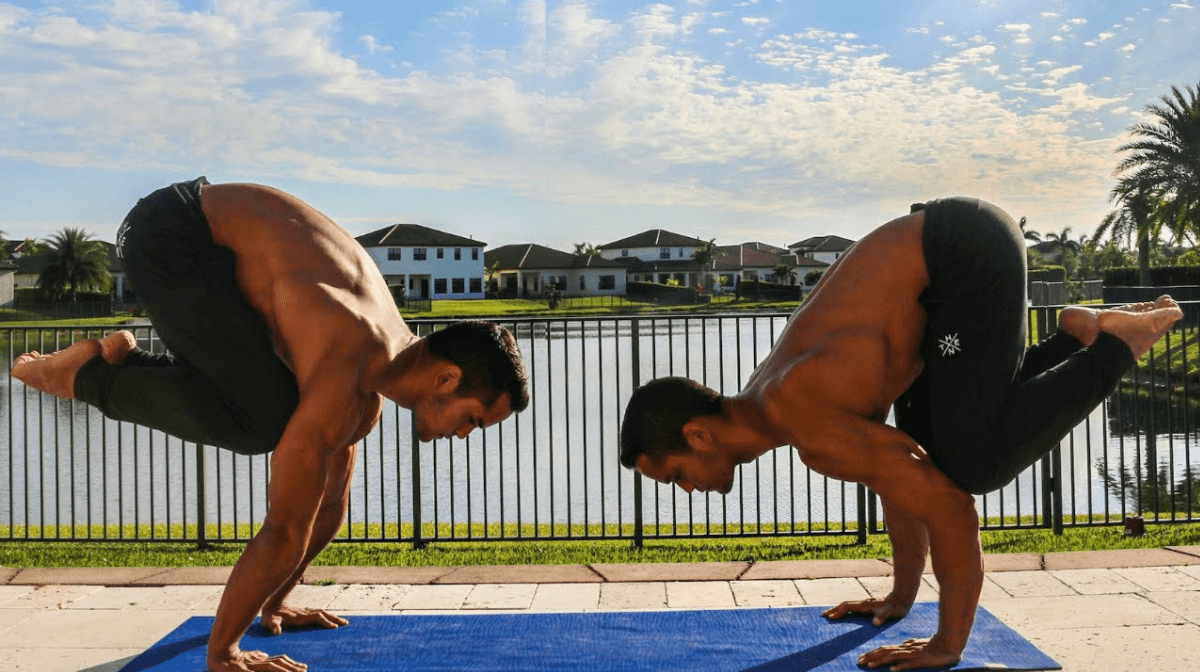
As it turns out, planche leans are merely the beginning of a massive journey that will likely take years to complete. Anyone who loves the art of improving their physique knows that it’s a never-ending battle, and if you’re looking for a new challenge to take on, there’s no better challenge than the planche push-up.
Think you’ve got what it takes to master the planche push-up? Prove you can handle the basics first and work your way up from, otherwise, you may just end up riddled with wrist injuries (and that means no more fun time when you’re home alone!).
Related Readings:
- Natural Pre Workout
- 10 Pack Abs; Are they Possible To Build? Here’s What You Need to Know
- 12 Pack Abs, 12 Pack Abs Workout
- I Took 2 Protein Shakes a Day and One Meal for Weight Loss – My Results
- How to Build Bigger Quads
- I Did Squats Everyday for 3 Months – Should You? Here’s What I Learned
